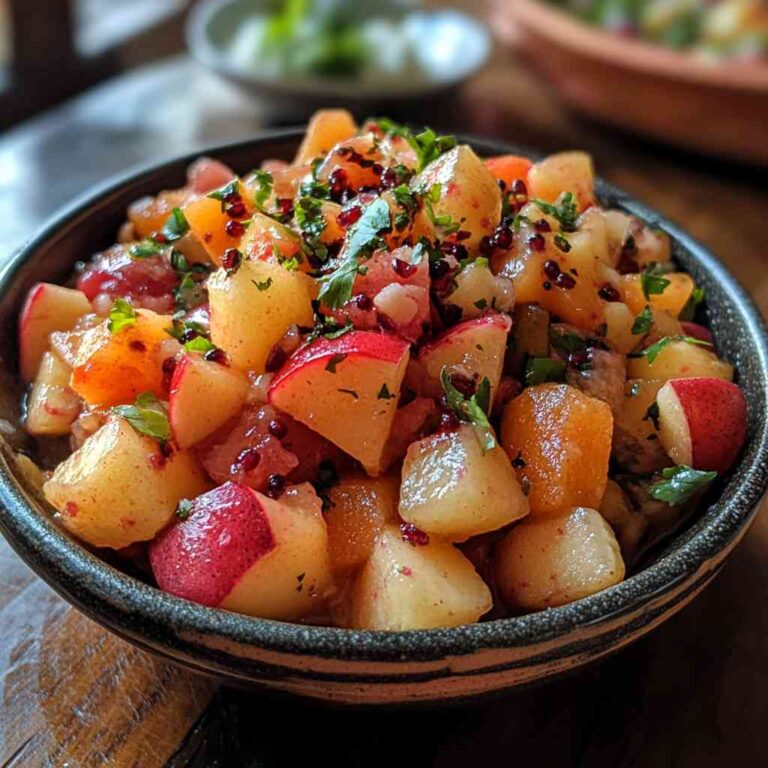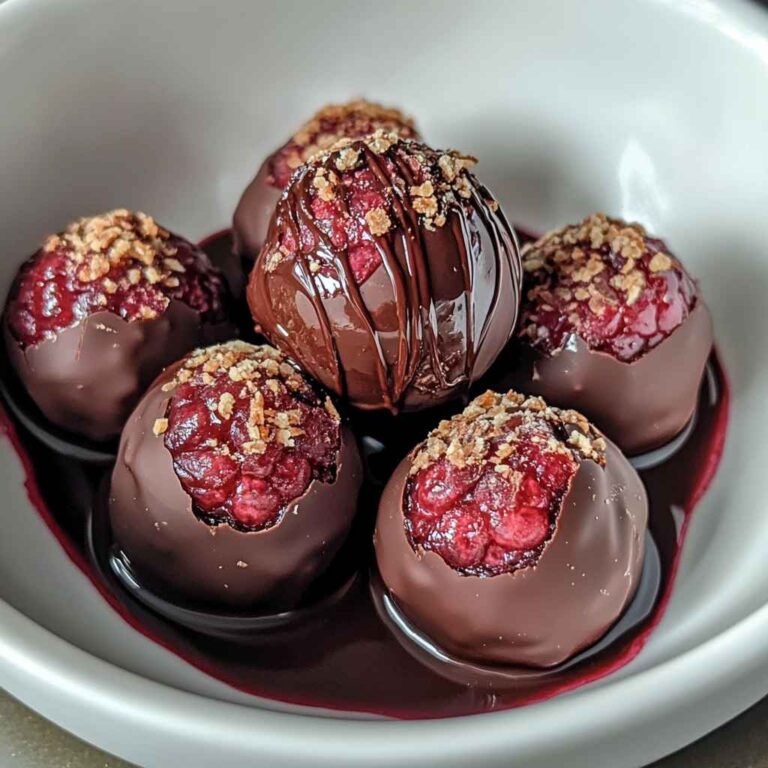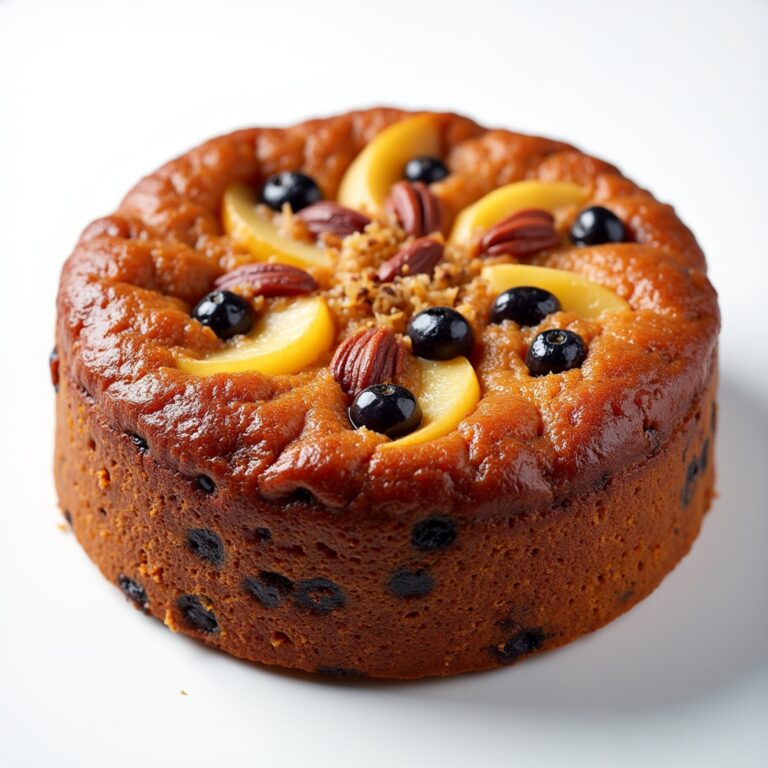Biko Filipino Recipe
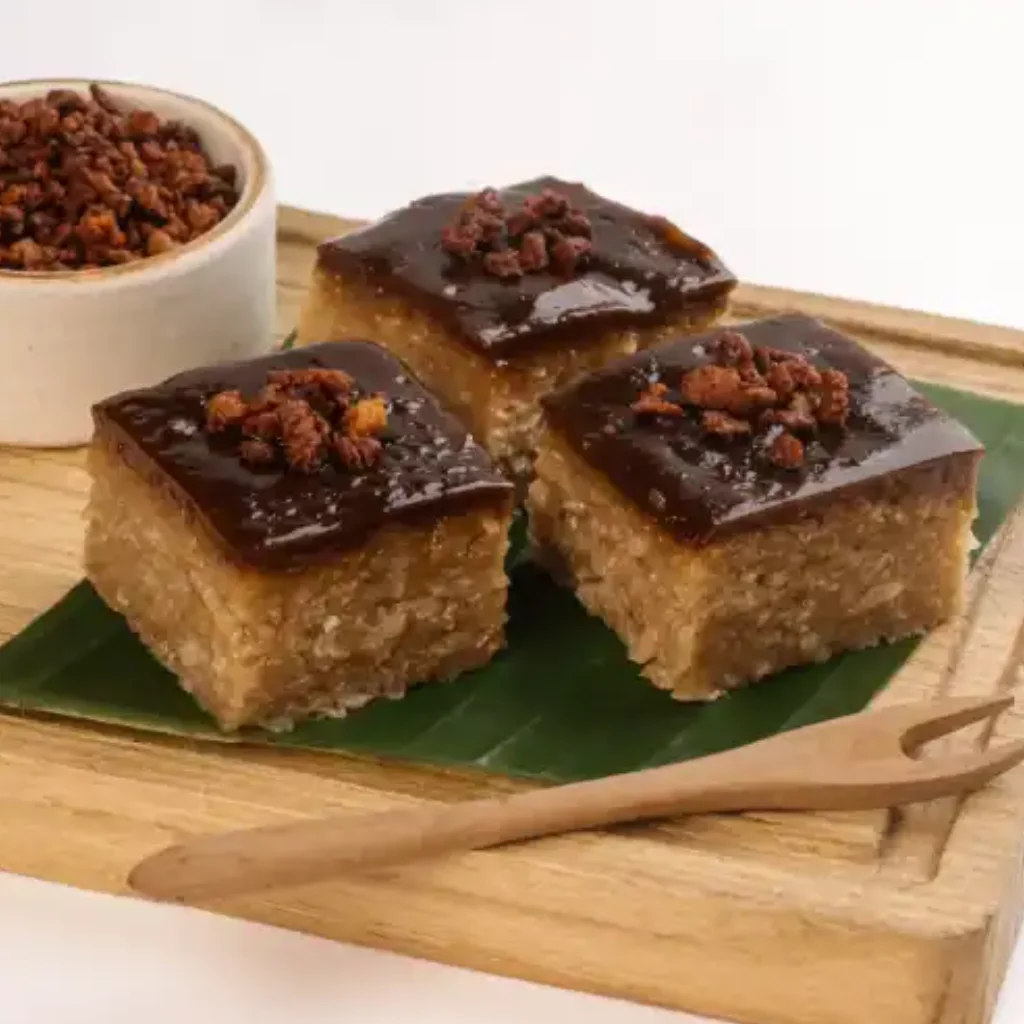
Biko, a beloved Filipino sticky rice dessert, has been delighting taste buds for generations. This rich, indulgent treat is a staple in many Filipino households, often served during special occasions or as a comforting afternoon snack. With its irresistible combination of sticky rice, coconut milk, and caramelized brown sugar, it’s no wonder why biko has become a beloved part of Filipino culinary heritage.
Whether you’re a Filipino food enthusiast or simply someone seeking a new and exciting dessert to try, this biko recipe is sure to captivate your senses and leave you craving more. Join us as we explore the beauty and tradition behind this beloved Filipino delicacy.
❤️ Why You’ll Love This Recipe ❓
Biko is a true labor of love, but the end result is well worth the effort. The interplay of textures, from the chewy, sticky rice to the creamy coconut milk and the caramelized brown sugar, creates a unique and delightful sensory experience. What’s more, this recipe is surprisingly accessible, with most of the ingredients being pantry or freezer staples. And the best part? Biko can be made ahead of time, making it the perfect dessert for entertaining or enjoying at your leisure.
Beyond its exceptional flavor and convenience, biko also holds a special place in Filipino culture. This dish is often served during important celebrations, such as birthdays, weddings, and holidays, reflecting its significance as a cherished part of the Filipino culinary tradition. By preparing this recipe, you’ll not only treat your taste buds but also connect with the rich heritage of the Philippines.
🛒 What You Need to Prepare Biko ❓
• 1 (13.5 oz) can coconut milk
• 1 cup brown sugar
• 1/2 teaspoon salt
• 1/4 cup water
The beauty of this biko recipe is that most ingredients are pantry or freezer staples. The combination of sweet rice, coconut milk, and brown sugar creates the Filipino-inspired flavor profile that has made biko recipes perennially popular.
📝 How to Make Biko Step-by-Step ❓
• Step 2: In a saucepan, combine the coconut milk, brown sugar, and salt. Bring the mixture to a simmer over medium heat, stirring occasionally until the sugar has dissolved.
• Step 3: Add the soaked sweet rice to the coconut milk mixture and stir to combine. Reduce the heat to low, cover the pan, and simmer for 20-25 minutes, stirring occasionally, until the rice is tender and has absorbed most of the liquid.
• Step 4: If the mixture becomes too thick before the rice is fully cooked, add the 1/4 cup of water and continue simmering until the rice is tender and the desired consistency is reached.
• Step 5: Once the rice is cooked, transfer the biko to a greased 8×8-inch baking dish and smooth the top with a spatula. Cover and let it cool completely before serving.
⏱️ Timing Overview
• Cooking time: 25-30 minutes
• Total time: 35-40 minutes
Compared to traditional Filipino desserts that can take up to an hour to prepare, this biko recipe saves you valuable time while delivering the same exceptional flavors.
👩🏻⚕️ Nutritional Information
Per serving (based on 8 servings):
• Protein: 3g
• Carbohydrates: 52g
• Fat: 8g
• Fiber: 1g
• Sodium: 120mg
These biko desserts provide approximately 10% of your daily carbohydrate requirements and 8% of your daily fat needs, making them a satisfying and nutritionally valuable treat.
🔄 Healthier Alternatives for the Recipe
• Lower-carb version: Substitute a portion of the sweet rice with cauliflower rice or almond flour to reduce the carbohydrate count.
• Dairy-free adaptation: Replace the coconut milk with unsweetened almond milk or oat milk for a dairy-free biko recipe.
• Added protein: Stir in a scoop of vanilla protein powder or mix in chopped nuts or shredded coconut for an extra protein boost.
• Boost vegetables: Grate in some carrot or zucchini to add more nutrients and fiber to the dish.
These modifications can reduce calories by up to 20% or adapt the recipe for specific dietary needs without compromising the fundamental flavor profile of the biko.
🍽️ Serving Suggestions
• Pair with a refreshing fruit salad or a scoop of vanilla ice cream for a complete dessert experience.
• Complement the biko with a cup of hot Filipino-style coffee or tea for a cozy, comforting treat.
• For a festive occasion, create a biko platter with additional Filipino delicacies, such as puto (steamed rice cakes) or kalamay (sticky rice dessert).
❌ Common Mistakes to Avoid
• Not soaking the rice: Failing to soak the sweet rice can result in uneven cooking and a less cohesive final texture. Always remember to soak the rice for at least 30 minutes before cooking.
• Adding too much water: While a small amount of additional water may be needed to achieve the right consistency, adding too much can make the biko overly runny and dilute the flavors.
• Undercooking the sugar mixture: If the brown sugar is not fully dissolved and caramelized, the biko will lack the signature sweet and rich flavor profile.
• Skipping the cooling process: Serving the biko immediately after cooking can result in a messy, runny texture. Be sure to let the biko cool completely before cutting and serving.
🧊 Storing Tips for the Recipe
These biko desserts retain their quality remarkably well:
• Freezing unbaked: The uncooked biko mixture can be frozen for up to 3 months. Thaw in the refrigerator overnight before baking as directed.
• Freezing baked: Cooked biko can be frozen for up to 2 months. Allow it to cool completely, then wrap tightly in plastic wrap and aluminum foil before freezing. Thaw in the refrigerator overnight and reheat in a 350°F oven until warmed through.
• Reheating: To restore the soft, chewy texture, reheat biko in the oven at 350°F for 10-15 minutes or in the microwave for 1-2 minutes, stirring halfway through.
❓ FAQs
Can I make biko ahead of time?
Absolutely! Biko is a fantastic make-ahead dessert. The uncooked biko mixture can be frozen for up to 3 months, and the cooked biko can be frozen for up to 2 months. When ready to serve, simply thaw the biko in the refrigerator overnight and reheat it in the oven or microwave to restore the soft, chewy texture.
Can I substitute the sweet rice with regular rice?
While you can use regular rice in a pinch, the traditional biko recipe calls for sweet or glutinous rice. The starchier texture of sweet rice is essential for achieving the signature chewy and sticky consistency of biko. If you opt for regular rice, the final result may be less cohesive and have a softer, more porridge-like texture.
Is biko gluten-free?
Yes, biko is naturally gluten-free. The main ingredient, sweet rice (also known as glutinous rice), does not contain gluten. As long as you use gluten-free coconut milk and avoid any additional toppings or ingredients that may contain gluten, this recipe can be enjoyed by those following a gluten-free diet.
Why is my biko too dry or too sticky?
If your biko turns out too dry, it’s likely that the rice was cooked for too long or not enough liquid was added. To remedy this, try adding a bit more coconut milk or water during the cooking process. Conversely, if the biko is overly sticky and difficult to work with, it may have been cooked for too long or had too much liquid added. In this case, continue cooking the mixture over low heat, stirring frequently, until the desired consistency is reached.
Can I add other ingredients to biko?
Absolutely! Biko is a versatile dessert that can be customized with various additions. Some popular variations include stirring in chopped toasted coconut, mixing in mashed ripe bananas, or swirling in a layer of ube (purple yam) jam. You can also experiment with spices like pandan leaves, cinnamon, or even a touch of cardamom to complement the coconut and brown sugar flavors.
Conclusion
These biko Filipino sticky rice desserts represent the perfect balance of convenience, flavor, and tradition. Whether you’re serving them as a special occasion treat or an indulgent afternoon snack, they’re sure to impress with their irresistible chewy texture and rich, caramelized sweetness. The versatility of this recipe allows for countless variations to suit your taste preferences and dietary needs.
With simple ingredients and straightforward preparation, these biko desserts demonstrate that sophisticated flavors don’t require complicated techniques – just quality ingredients and a little bit of care in the cooking process. So why not embrace the flavors of the Philippines and treat yourself to the delightful experience of homemade biko today?
Print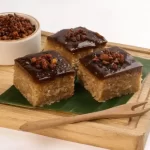
Biko: A Beloved Filipino Sticky Rice Dessert
- Total Time: 35-40 minutes
Ingredients
• 2 cups sweet rice (glutinous rice or malagkit)
• 1 (13.5 oz) can coconut milk
• 1 cup brown sugar
• 1/2 teaspoon salt
• 1/4 cup water
Instructions
• Step 1: Rinse the sweet rice thoroughly under running water until the water runs clear. Soak the rice in water for at least 30 minutes, then drain and set aside.
• Step 2: In a saucepan, combine the coconut milk, brown sugar, and salt. Bring the mixture to a simmer over medium heat, stirring occasionally until the sugar has dissolved.
• Step 3: Add the soaked sweet rice to the coconut milk mixture and stir to combine. Reduce the heat to low, cover the pan, and simmer for 20-25 minutes, stirring occasionally, until the rice is tender and has absorbed most of the liquid.
• Step 4: If the mixture becomes too thick before the rice is fully cooked, add the 1/4 cup of water and continue simmering until the rice is tender and the desired consistency is reached.
• Step 5: Once the rice is cooked, transfer the biko to a greased 8×8-inch baking dish and smooth the top with a spatula. Cover and let it cool completely before serving.
- Prep Time: 10 minutes
- Cook Time: 25-30 minutes
- Category: Dessert
- Cuisine: Americans
Keywords: Biko: A Beloved Filipino Sticky Rice Dessert

